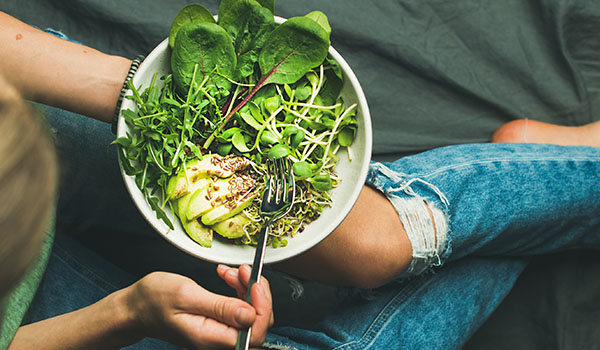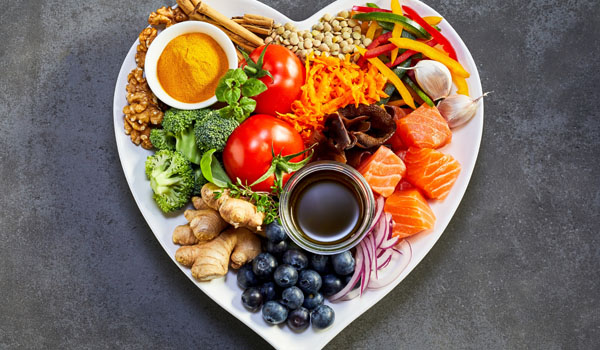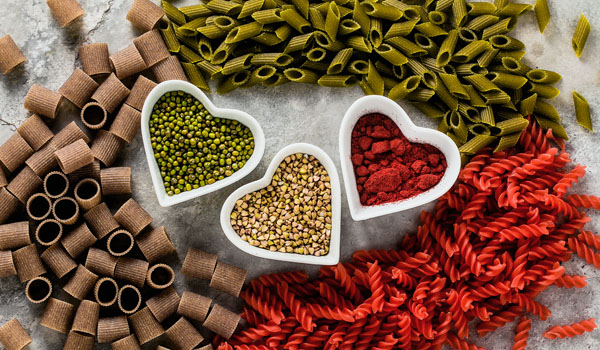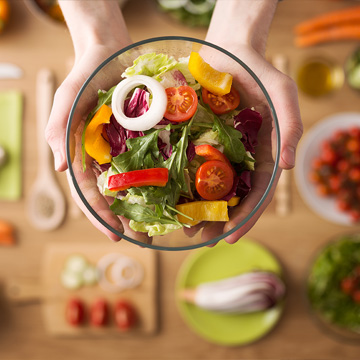Cooking for One

Whether you live alone or you have different food preferences than your family, it can be difficult to be creative in the kitchen when you are only making meals for yourself. However, with the right tips and tools, it can be possible to cook up delicious single-serving meals that will help eliminate food waste and endless leftovers. Here are five tips that will help liven up any meal plan.
- Use one ingredient in different ways. When you cook a batch of rice, quinoa or any ancient grain don’t be afraid to use a half cup for a savory side dish, another half cup mixed into a salad or some cooked grains with sautéed vegetables in a stir fry.
- Go to the bulk bins to customize quantities. Although the bulk bins are called “bulk” they also allow you to select small portions of unique seeds, grains, nuts, and flour.
- Planning is key. To avoid wandering down the aisles and grabbing what looks good, meal planning can provide focus at the grocery store.
- Frozen fruit and veggies are great options. Use frozen fruit for smoothies or oatmeal. Utilize what you need then put the rest back in the freezer.
- Go to the seafood and meat counter. Instead of purchasing big packages of meat or fish, you can simply get one pork chop, one fish filet or one chicken breast.
When cooking single-serving meals you should prioritize making balanced and colorful options. Whether it’s breakfast, lunch or dinner delicious vegetable and protein-based selections can leave you feeling full and satisfied all day long.






